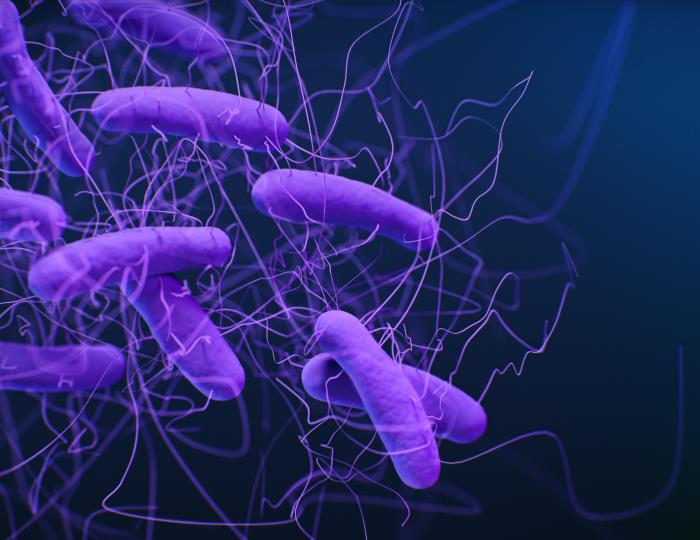
A new report suggests that the virulence of Clostridioides difficile (Cdiff) may be associated with distinct metabolic signals, opening up potential new therapeutic targets to fight the infection.
The report, published in the journal mSystems, is based on an analysis of Genome-Scale Metabolic Network Reconstructions, also known as GENREs, which the authors argue could be an important new method for finding treatments for pathogens like C difficile.
Corresponding author Jason A. Papin, PhD, of the University of Virginia, and colleagues, wrote that one of the reasons C difficile infection can be so problematic is that patients are often exposed to the bacterium in hospital settings and after already receiving antibiotics.
“While these drugs are lifesaving, they also diminish the abundance of other bacteria in the microbiota, altering the metabolic environment of the gut and leaving it susceptible to colonization by C difficile,” the authors wrote.
Papin and colleagues said they recently observed that C difficile adapts transcription of catabolic pathways to match conditions in susceptible gut environments.
“These transcriptional shifts indicated that C difficile must coordinate metabolic activity accordingly to compete within new hosts,” they explained.
Read more...







